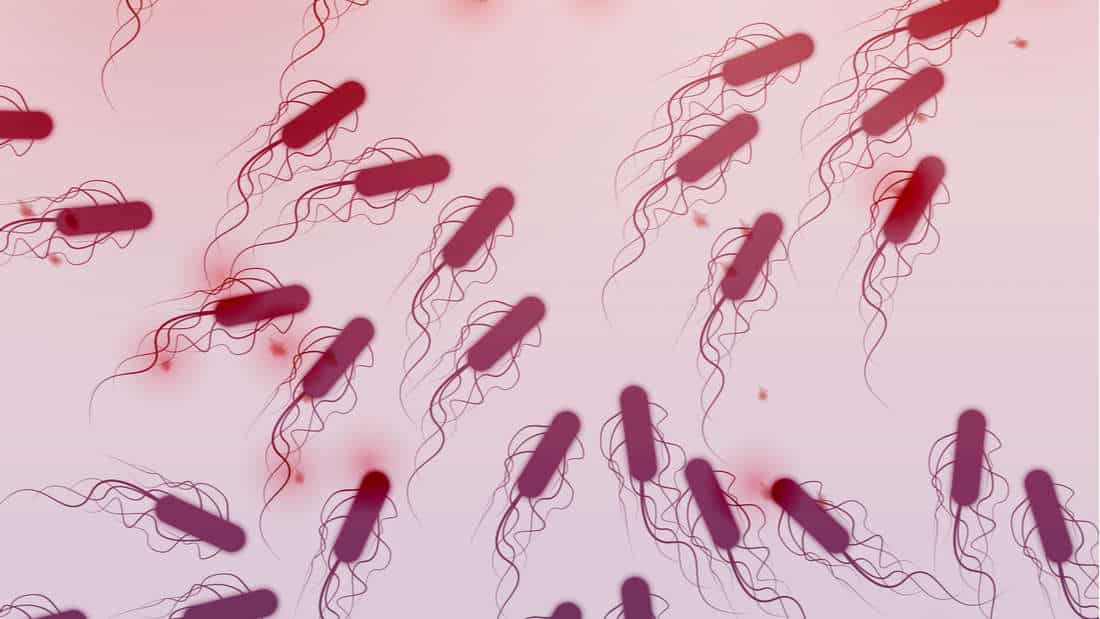Discovery of Tree Of Life By “Illuminating” The “Dark Matter” Microbes
The tree of life is one of the most important organizing principles in biology but an approximation of its full scale, with its enormous number of branches, has remained elusive.
Much of the microbial diversity will remain hidden until the genomic revolution allows researchers to search directly for their genomes in the environment, rather than trying to culture them in a lab dish. Many of the microbes cannot be isolated and cultured because they cannot live on their own: they must beg, borrow or steal stuff from other animals or microbes, either as parasites, symbiotic organisms or scavengers.
But now sequencing of microbial genomes has accelerated with reductions in sequencing costs, and public repositories now contain nearly 70,000 bacterial and archaeal genomes. Until recently, recovering genomes from metagenomic data was restricted to samples with low microbial diversity, but improved sequencing throughput and advances in computational techniques now allow metagenome-assembled genomes (MAGs) to be recovered from high diversity environments.
MAGs are obtained by grouping or ‘binning’ together assembled contigs with similar sequence composition, depth of coverage across one or more related samples and taxonomic affiliations. Although closed genomes have been obtained using metagenomic
binning methods, MAGs are typically incomplete and may contain contigs from multiple strains or species due to challenges in distinguishing between related community members both in the assembly and binning processes.Now, scientists at the University of Queensland have presented the first large-scale initiative to recover MAGs from publicly available metagenomes through a study published in Nature Microbiology.
Donovan Parks and team analysed over 1500 metagenomes uploaded to a public database and found that each contained jumbles of DNA from places like soil, the ocean, industrial effluent, and baboon faeces. Using heavy-duty computers to sift through this mess, the team reconstructed 7280 bacterial and 623 archaeal genomes- about a third were new to science!
“To give this context, every single insect on Earth belongs to just one phylum, and every single animal with a backbone belongs to one phylum, so this is crazy new levels of stuff,” says Nicholas Coleman at the University of Sydney. The next step will be to discover what the new microbes are like. “This study has put names on that dark matter,” says Coleman. “Now we need to figure out what it’s actually doing and how we can benefit from it.”
The expanded tree of life will also give us clues to ancient evolutionary events, such as when oxygen-producing organisms evolved, says Parks.
This expanded tree of life will help us trace our deepest origins. “All the questions we have about ancient evolutionary events – what our last common ancestor looked like, when methane metabolism arose, when oxygen-producing organisms evolved – they really benefit from having more genomes to look at and a more detailed tree,” says Parks.
However, the immediate question is how many more species are out there. Previous studies estimated that Earth has 1 trillion microbial species, with 98 per cent yet to be identified. “But this is probably an underestimate, as we’ve recently found that existing methods for estimating this actually miss a lot of organisms,” says Parks.
“There’s still a whole lot that we don’t know,” concludes Coleman. “There are so many crazy environments out there, and even two patches of dirt side-by-side can have different organisms.”






























